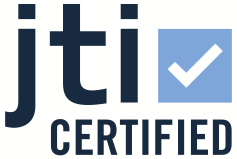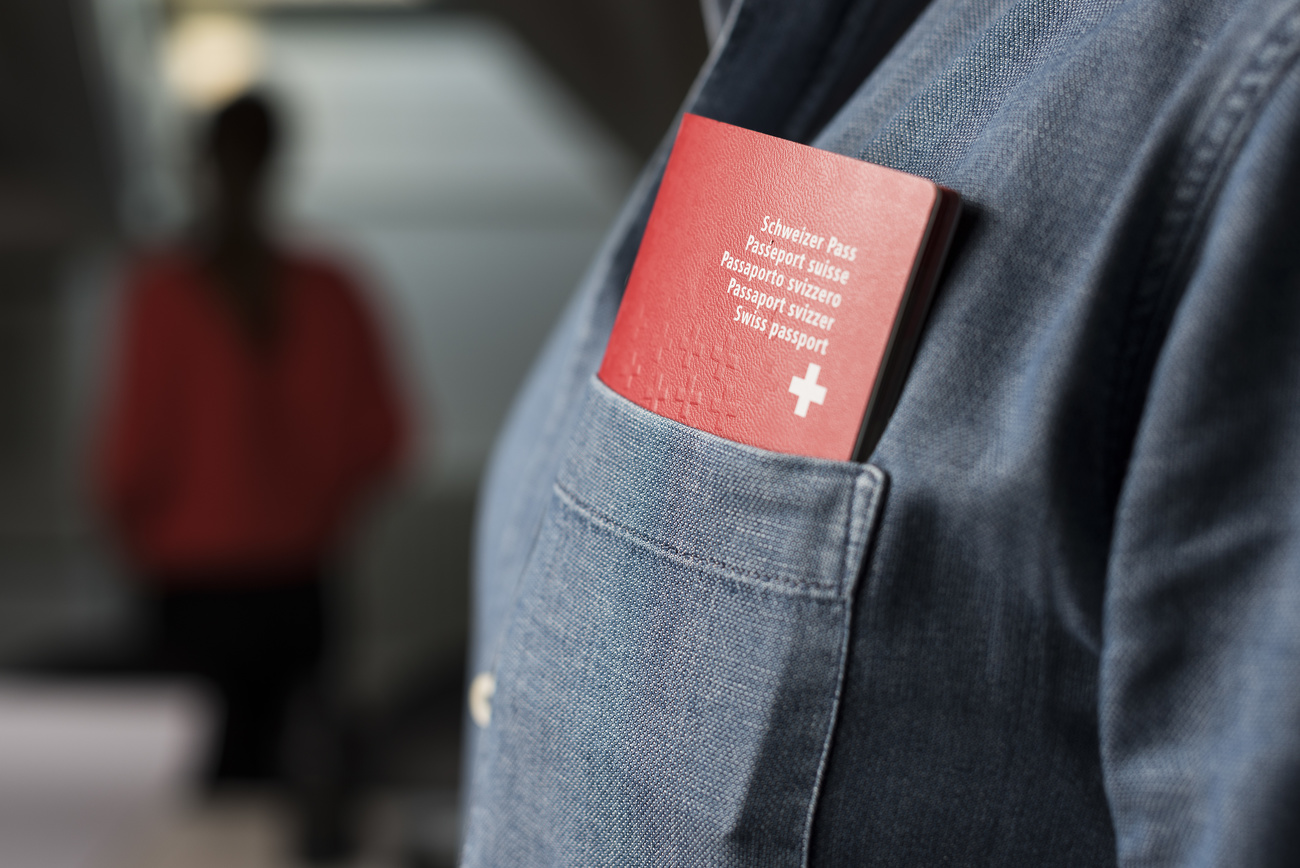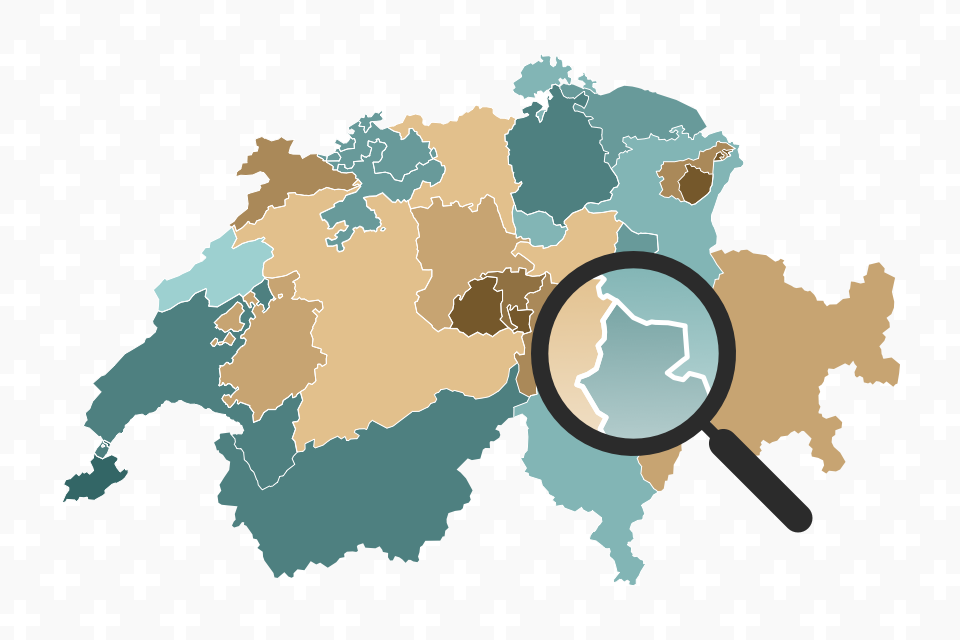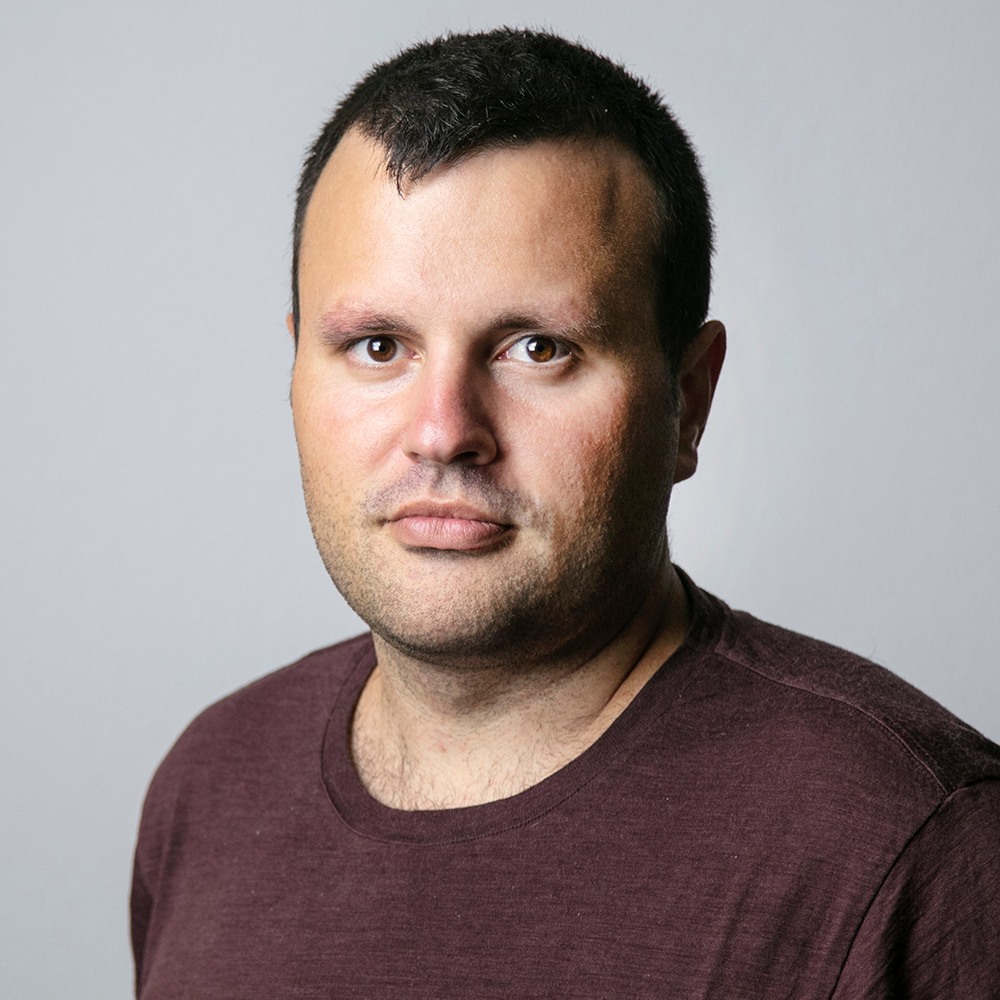Seven weaknesses in ‘Fortress Switzerland’

The Swiss armed forces are grappling with significant challenges in a shifting geopolitical landscape. Experts highlight seven pressing problems that must be addressed by the next Swiss defence minister.
The Swiss army is not up to the challenges of the present. Russia’s war against Ukraine has brought uncertainty to Europe and the need for enhanced defence capabilities. Swiss politicians from across the political spectrum recognise that need and parliament has already agreed to raise defence spending to 1% of GDP by 2032. The Swiss military must adapt to these new challenges.
But combat readiness has been a perennial problem for the Swiss army. There are seven other pressing issues demanding the attention of whoever succeeds Viola Amherd as defence minister.
1. Lack of strategy

Historically, the Swiss army has adapted its resources to align with prevailing threats, hammering out new strategies in the process. These strategic frameworks were essential for communicating the rationale behind substantial expenditures to both the public and the troops.

The last serious attempt at reform was initiated in 2010. Since then, the geopolitical situation has changed drastically – yet an adequate strategic vision to deal with it remains lacking. True, it is no longer necessary to ask “what’s the point of the army?” after Russia’s invasion of Ukraine. But the Swiss defence sector has lost any coherence it ever had as it scrambles to respond to a myriad of fresh challenges.
Hybrid warfare, rapid advancements in digital technology, and the return of tank warfare – all need to be considered. “We are being presented with numerous wish lists. But to set priorities right, we need an overall strategy,” says Priska Seiler Graf of the Social Democratic Party. She chairs the defence policy committee of the House of Representatives.
Senator Werner Salzmann of the Swiss People’s Party adds: “The current top priority is the defence capability of Switzerland in all areas. But we are not yet seeing any comprehensive defence concept from the government.”
2. Air defences are weak

Most experts on the armed forces would agree that air defence is becoming more and more important. Yet Switzerland is weak in the air, because the two things needed – fighter jets and air defence systems – are outdated and require a major overhaul. In fact, they seem to be stuck in a never-ending overhaul phase.
The 25-year-old F/A-18 fighter jets the Swiss air force uses are in a preventive maintenance programme to keep them going. Due to complications, this programme has had to be extendedExternal link. Monitoring of Swiss air space is also a weak point. A system adequate to deal with serious incursions is only being developed now. The development processExternal link is troubled at best.
Air defences for the middle-distance range are completely out of date. It is not known when a new system will become available. “We are expecting it by the end of the decade,” says Kaj-Gunnar Sievert, spokesperson for the Federal Office of Defence Procurement.
The replacement fighter jet, the F-35, has been ordered from US defence contractor Lockheed Martin. The first eight of the 36 planes bought are due for delivery in 2028. The tense security situation worldwide may lead to delays, howeverExternal link. The F-35 is already considered to be costly in terms of maintenance. “We may be in for a few nasty surprises,” says parliamentarian Seiler Graf.
3. Procurement getting out of control

In quick succession, Switzerland’s main financial oversight bodies both sounded the alarm about armed forces procurement. These are the finance delegation of parliament, which is responsible for the detailed examination and supervision of the national budget, and the Federal Audit Office.
In December, parliament’s finance delegation warned that projects to a total value of CHF19 billion ($21 billion) were being affected by “delays, increasing risks and insufficient resources”.
Then in mid-January, the Federal Audit Office sharplyExternal link criticised a CHF300 million procurement order for reconnaissance drones. The Hermes 900 drone, which is already established on the market, has been undergoing an elaborate customisation process to meet the special requirements of Switzerland. This Israeli drone needs to be able to fly around the Alps, necessitating the installation of a diesel engine and de-icing system – two long-standing problems.
In addition, Switzerland wants to have an automatic evasion system built into the drone to prevent collisions with paragliders in the Alps. The result has been a debacle, with the first five delivered drones currently grounded and requiring helicopter escorts when they do return to service. The procurement of these drones has been significantly delayed.
4. Military IT projects in limbo

The Swiss government is currently working on 22 digitalisation projects, all of which are strategically important, worth millions, and highly complex. Nine of these 22 projects are being run by the defence ministry. Hardly anything is going according to plan. “We have identified seven projects that are causing us concern,” says army chief of staff Thomas Süssli.
The jewel in the crown of these digital efforts is the development of a proprietary operating system to run military computers, essentially a “Windows for the army”. It has been in the works for a decade.
The list of requirements for this system is ambitious. There has to be a single platform for managing warfare across all operational terrains: on the ground, in the air, in cyberspace, in the electromagnetic (radio communications) and information space. All weapon systems should be compatible with it. And all data should reside in Switzerland, stored on secure servers, and independent of the normal power grid.
There are further key projects in defence External linkwhich the finance delegation of parliament finds to be at risk of failure. Has Switzerland bitten off more than it can chew? “It remains a challenge to bring all these projects to a successful conclusion,” admits General Süssli.
5. Disagreements about international cooperation

Following Russia’s invasion of Ukraine, Switzerland came under pressure about its attitude to NATO. US ambassador Scott Miller said in 2023: “In a way, NATO is a doughnut, and Switzerland is the hole in the middle.” What he meant was this. Switzerland benefits from the protection of the NATO states surrounding it. It doesn’t give anything back – it’s not even able to defend itself adequately.
Defence minister Viola Amherd, during her time in office, took rapid steps to bring about cooperation with the Western alliance and with Europe. One decision that has been taken is to join the European air defence system called Sky Shield.
Yet all such steps are controversial on the home front, for the People’s Party in particular sees Swiss neutrality as being endangered. “Neutrality is what has protected us. That too is a part of the overall design of Swiss defence,” insists senator Salzmann.

Going it alone militarily brings the risk of being left to stand alone in the event of war. “One can only wonder how it can be in NATO’s interests to provide defence for a rich country which takes the liberty of making minimal efforts of self-defence and itself refuses to provide support in times of crisis.” This is what well-known strategy expert Mauro Mantovani said recently in an opinion piece in the newspaper Neue Zürcher Zeitung.
The pressure from NATO and the EU for greater Swiss involvement is not likely to lessen. A new defence minister will therefore need to make Switzerland’s case abroad – and explain the position taken by other countries to the voters at home. This latter effort will have to be done as part of a referendum campaign. The Neutrality initiative of the People’s PartyExternal link, due to be voted on soon, is intended to put a stop to any cooperation with NATO.
6. Lack of qualified people to fill jobs

The lack of qualified people, a general problem in industry, also affects the Swiss defence sector. The Federal Intelligence Service alone reports it needs 150 more staff. Army planners are even more concerned about the overall demographic trends in the country. “According to the army’s own projections, in the 2030s we will not be able to muster 100,000 recruits to serve,” says one.
The existing obligatory national service system is about to undergo reform. There is a people’s initiative in the offing to require everyone with Swiss citizenship to carry out some service for the community, the “Service citoyen initiativeExternal link”. This initiative is also an attack on the traditional conscription framework, since opportunities to serve are to be more varied and a matter for freer choice. “Staffing levels for the army are guaranteed with this initiative,” insists campaigner Noémie Roten.
At the same time, two other new systems of national service are being developed. Both of these are likely to be subject to a nationwide vote as well. In Autumn 2024 a federal government studyExternal link found that a good half of those serving in the army stated that they had experienced discrimination or sexual abuse there. The leadership of the army committed to remedy this. The military knows that it will soon have to show clearly and convincingly what Swiss citizens are giving years out of their lives for.
7. A risky legacy of problems

Then there are a number of legacy issues. One is the dumping of ammunition in mountain regions and lakes, which went on for decades without much thought being given to the consequences. The most notorious example is the little village of Mitholz in the Bernese Alps, which is unwilling host to 3,500 tonnes of old munitions buried in a vault in the mountainside. It will take until 2040 to clean up this dangerous mess. So far there have been a few surprises in this dossier as more information on the caches came to light. So it might take longer still.
Another issue is the Swiss arms manufacturer RUAG. The company attracted some unwelcome attention in recent years due to a corruption scandal and cross-border lawsuitsExternal link. The federal government has wanted to privatise this state-owned entity for quite a while. But there were a series of hitches. What is more, European customers began to lose interest when Switzerland forbade them to pass on Swiss armaments they had bought to the Ukrainians.
The federal government has changed its mind on the future of the company. Now it is thinking of incorporating RUAG completely into the defence ministry. Yet, time and again, the company has been plagued by compliance problems.External link Switzerland is taking a big risk here.
What is your opinion? Join the debate:
Edited by Samuel Jaberg and Marc Leutenegger. Adapted from German by Terence MacNamee/ds

In compliance with the JTI standards
More: SWI swissinfo.ch certified by the Journalism Trust Initiative









You can find an overview of ongoing debates with our journalists here . Please join us!
If you want to start a conversation about a topic raised in this article or want to report factual errors, email us at english@swissinfo.ch.